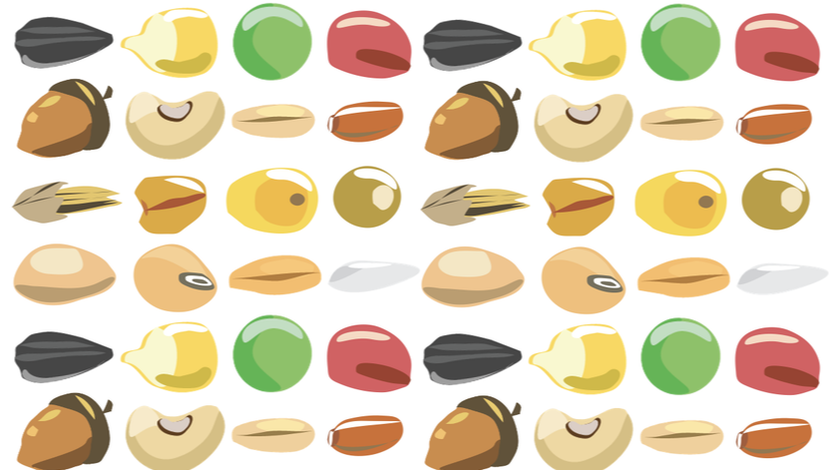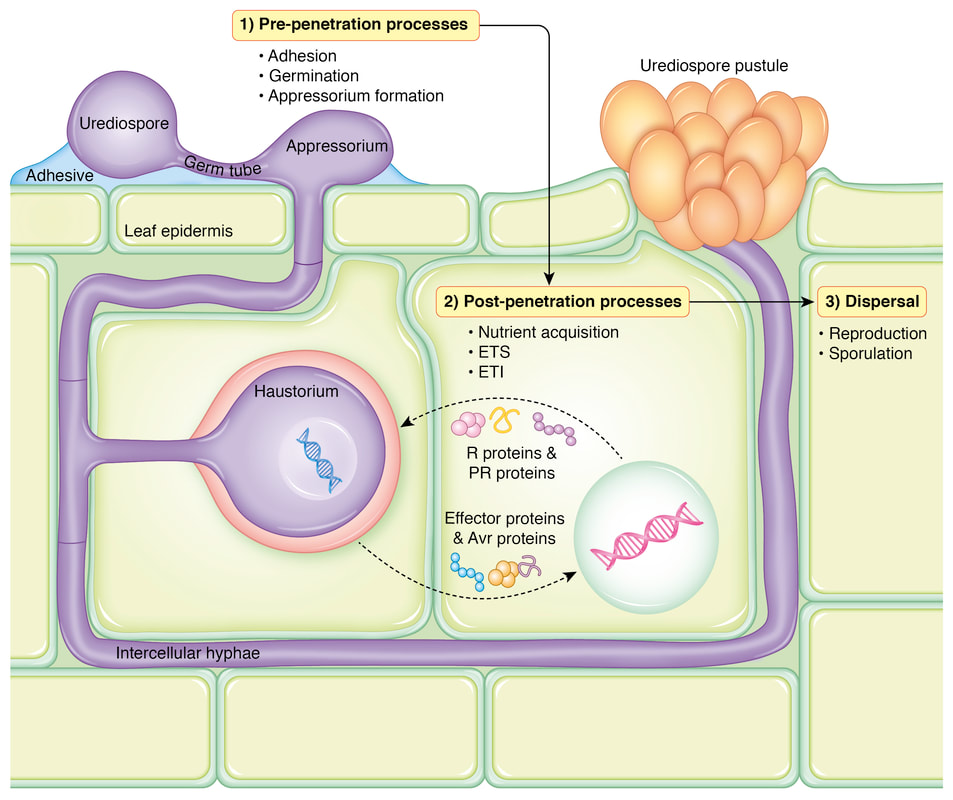Plant economic trade-offs
|
Trade-offs are a central theme involved in the maintenance of species diversity. In plants, species can choose to invest in ‘fast’ strategies, living quickly and producing many offspring, or ‘slow’ strategies, investing in few but long lived individuals. A trait emerging as an essential metric in plant economic trade-offs is the ability for plants to associate with microbial symbionts, often using them to offset trade-off costs. Seed-associated microbes are thought to influence host phenotypic variation (e.g. disease resistance, stress tolerance, growth promotion) and thus the outcome of well-known trade-offs in seed investment. In my dissertation I am investigating how seed microbiomes interact with these trade-offs and how they may offset or be constrained by various plant economic strategies.
|




